填充粒子对电化学除氨氮影响机制研究
填充粒子对电化学除氨氮影响机制研究摘要随着人口增长以及社会经济的快速发展,氨氮排放量日趋增加。2013年国家环境质量公报公布氨氮的排放量已经达到245.7万吨/年。氨氮作为一种水体中常见的污染物,其硝化过程消耗水体中溶解氧为4.6gO2/gNH3。研究表明,在水产养殖过程中,氨对鱼类有一定的毒害作用。此外,作为一种营养元素,氨氮能促进天然水体中藻类的生长与繁殖,造成水体的富营养化,严重时会形成“水华”或者“赤潮”。在现有氨氮的处理技术中,生物法以其处理水量大、成本低等优点占据主要地位。但是该工艺对温度敏感,冬季低温条件下常不能达到预期效果。此外,工业废水中某些有毒有机物会影响微生物的硝化过程,...
相关推荐
-
USST_Arts_112480743自动生产线的同步维修模型及案例分析VIP免费
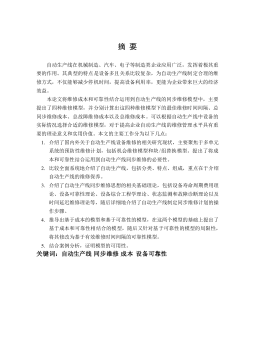
 2025-01-09 14
2025-01-09 14 -
USST_Arts_112480745基于供需网特征理念的企业间关系状态研究VIP免费
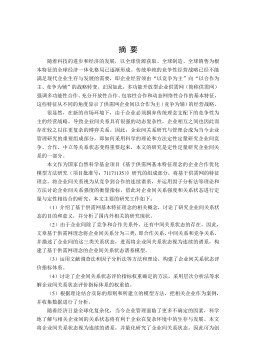
 2025-01-09 15
2025-01-09 15 -
USST_Arts_112480756 我国城镇化与能源消费结构间关系的研VIP免费
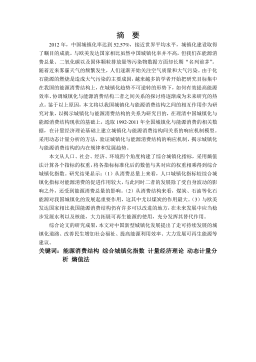
 2025-01-09 20
2025-01-09 20 -
USST_Arts_112490763 企业创新型团队社会网络、知识管理过程及团队创造力关系研究VIP免费
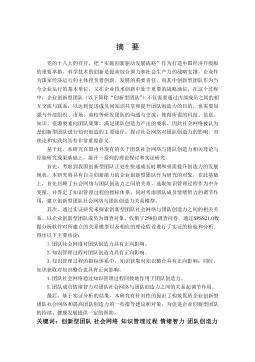
 2025-01-09 13
2025-01-09 13 -
USST_Arts_112490769创新团队执行力影响因素分析VIP免费

 2025-01-09 16
2025-01-09 16 -
USST_Arts_112070649基于团队自反性的科技型企业TMT特征对企业绩效的影响研究VIP免费

 2025-01-09 21
2025-01-09 21 -
TR公司工业机器人市场发展战略研究VIP免费
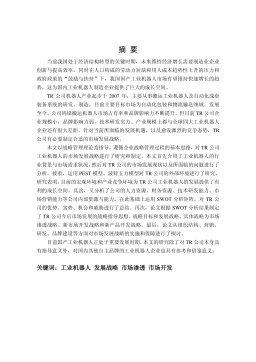
 2025-01-09 24
2025-01-09 24 -
二氧化碳套管式气冷器的研究VIP免费
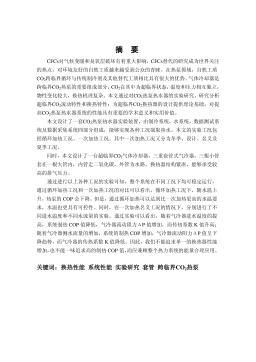
 2025-01-09 17
2025-01-09 17 -
非共沸混合物在微通道水平单管内流动沸腾特性VIP免费
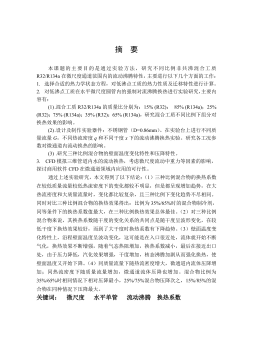
 2025-01-09 81
2025-01-09 81 -
基于MRO的连铸辊维护管理系统研究VIP免费
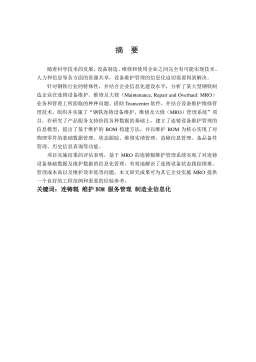
 2025-01-09 11
2025-01-09 11
相关内容
-

USST_Arts_112070649基于团队自反性的科技型企业TMT特征对企业绩效的影响研究
分类:高等教育资料
时间:2025-01-09
标签:无
格式:PDF
价格:15 积分
-

TR公司工业机器人市场发展战略研究
分类:高等教育资料
时间:2025-01-09
标签:无
格式:PDF
价格:15 积分
-

二氧化碳套管式气冷器的研究
分类:高等教育资料
时间:2025-01-09
标签:无
格式:PDF
价格:15 积分
-

非共沸混合物在微通道水平单管内流动沸腾特性
分类:高等教育资料
时间:2025-01-09
标签:无
格式:PDF
价格:15 积分
-

基于MRO的连铸辊维护管理系统研究
分类:高等教育资料
时间:2025-01-09
标签:无
格式:PDF
价格:15 积分






